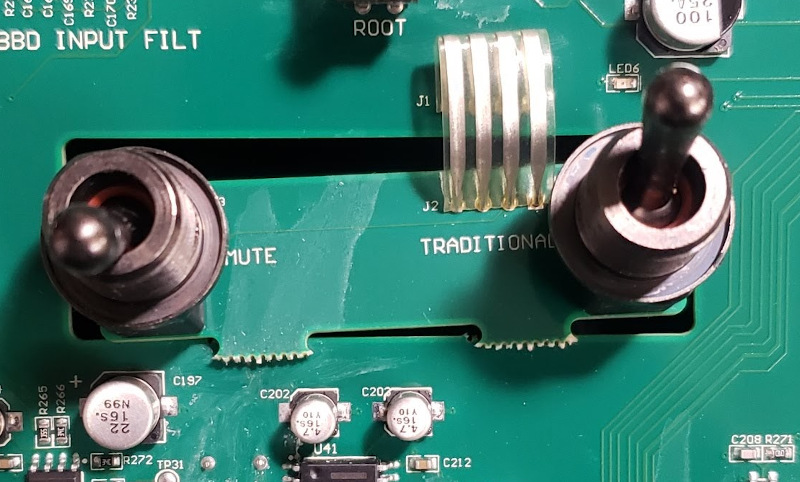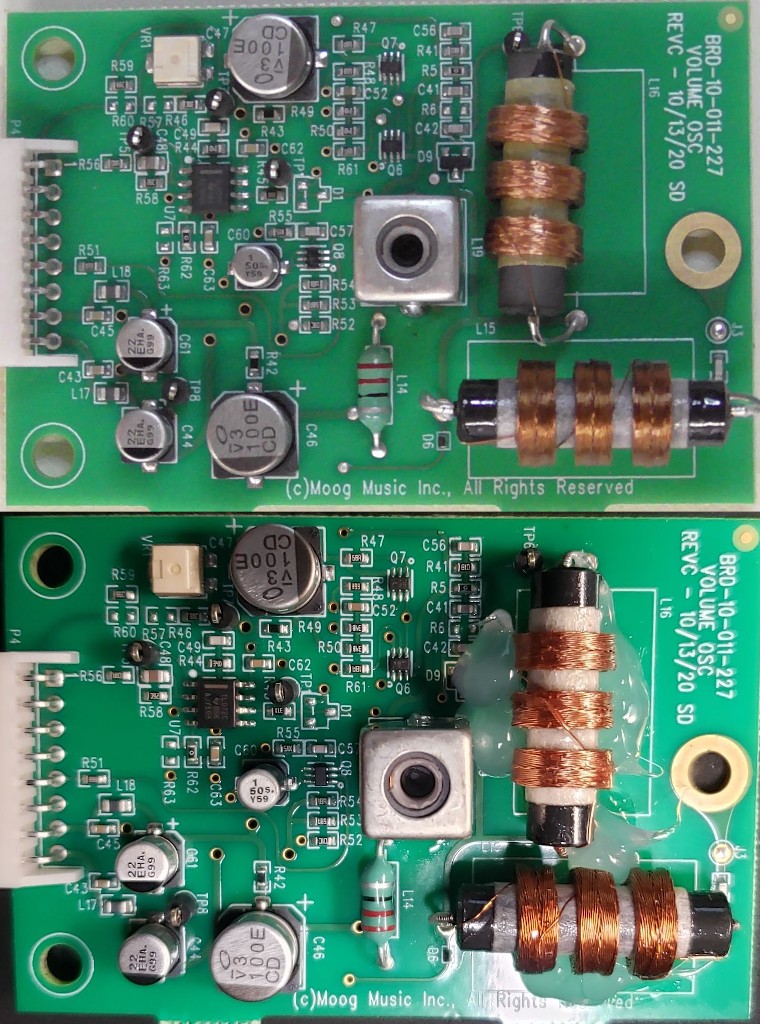Well, apparently ContraDude and Dewster have had the chance to peek into a Claravox, to solve the pernicious volume antenna issue...but I missed out on that. I've been meaning to do a teardown, but between life and actually playing the Cvox, it hasn't happened.
But today, I finally got around to ripping it up a bit. I took a lot of pictures, and it's neither as delicate as it seems, nor as complicated to take apart.
Some things that are useful to know:
1. the front and back "fabric" panels are plastic. Probably pretty hard to damage, and the covering is a paper that is glued on. By hand. Looks like a tedious job!
2. The headphone jack, power switch, and IO panel on the back are all on their own little PCBs. That means if you knock your Cvox over and rip the headphone cord out, it doesn't damage the main PCB. That's a good thing!
3. All the potentiometers and switches are through-hole...again, good for repairs! They are all Taiwan Alpha brand, with the exception of the fancy mute and traditional switches, which are Carling 2M1H fully sealed toggles.
4. There are 54 designated test points on the main PCB!
I don't want to clog the forum with embedded photos, so I created a Google Pix album that is public. Here is the link:
There are about 55 pix, and I will be adding more as I get into the antenna pcbs and the pitch arm coil. The PCB pix should be good enough to see the markings on the individual IC's.



